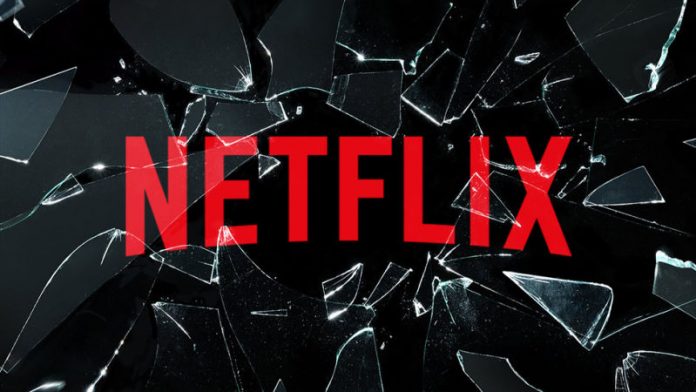Back on January 15th, Netflix (NASDAQ: NFLX) announced a 12%-18% price increase for all its streaming services. Information about the rate hike, which left many investors concerned, was released two days ahead of its last earnings report, which revealed lower-than-expected growth for Q4 2018 and a pessimistic Q1 2019 revenue forecast.
Now, 15 days-after the streaming price change (and with a new earnings report), it’s easy to see why Netflix spilled the beans ahead of earnings. Even though the company posted an earnings per share (EPS) of 0.3, beating out the 0.24 forecast by 25%, growth – arguably the most important factor for investors – was on the decline.
By getting the price increase out of the way before earnings, Netflix was hoping to soften the blow once they reported a few days later. And the strategy to increase the cost of their services makes sense – if growth is slowing, boosting prices is an easy way to satisfy Wall Street until tactical changes can be made to get aggressive-growth back on the docket, something Netflix investors are used to.
And I can’t blame them for being disappointed. If you would’ve invested $1,000 in Netflix stock back in 2007, it’d be worth almost $90,000 today. That kind of rapid upwards movement was driven solely by the company’s absurd growth since they went public.
But now that it’s slowing, changes have to be made. And let’s be honest – who’s really going to cancel their service over a price increase of only a few bucks? In the short-term, this move will likely drive profits higher as subscribers happily absorb the added cost.
After all, back in 2011, Netflix boosted its prices by as much as 60% and only saw a 3% drop in subscribers, while net income soared 65%. It was a paradigm-shifting move for the company, and allowed them to grow exponentially faster than before, targeting new methods to add more customers.
But these days, profits aren’t a huge concern for Netflix, at least when it comes to pleasing investors. By and large, Wall Street bases their valuation of the company on revenue and customer growth, like most other growth-hungry companies. Netflix’s current price-earnings (PE) ratio sits at a whopping 126, which is over 600% greater than the average S&P 500 company.
This means that while earnings are appreciated, they’re not everything as Netflix shares are already trading at a serious premium, to the point where some analysts consider the stock overvalued (due to the sky-high PE ratio). In Netflix’s case, investors are so enamored with its rapid growth that they’re willing to overlook profits so long as the company keeps growing quickly. This has resulted in a stock that’s got a hefty price tag relative to the amount of cash that the underlying company brings in.
So, while the 12-18% price hike isn’t a huge deal for existing customers, in the current media streaming market, there are way more competitors than back in 2011 when they enacted their 60% price increase. Netflix’s new pricing model, which will undoubtedly turn away new subscribers, is almost certain to slow growth even further. It doesn’t matter if they end up taking in more cash, because Wall Street only wants to see continued spectacular growth – something that doesn’t look probable with their new strategy.
Should Netflix investors be concerned? Absolutely. By raising prices, Netflix may have just pulled their emergency chute sooner than necessary. The decision to do so may have just cost them dearly in the race for market share, and it certainly has made their streaming service less attractive to new customers – the lifeblood of their continued success.









Bill: I believe their content justifies a higher premium which against current competitors in this space is still cheap must respectfully disagree. Until providers match the content and come in at less cost, going to be hard to pull subscibers away. My .02